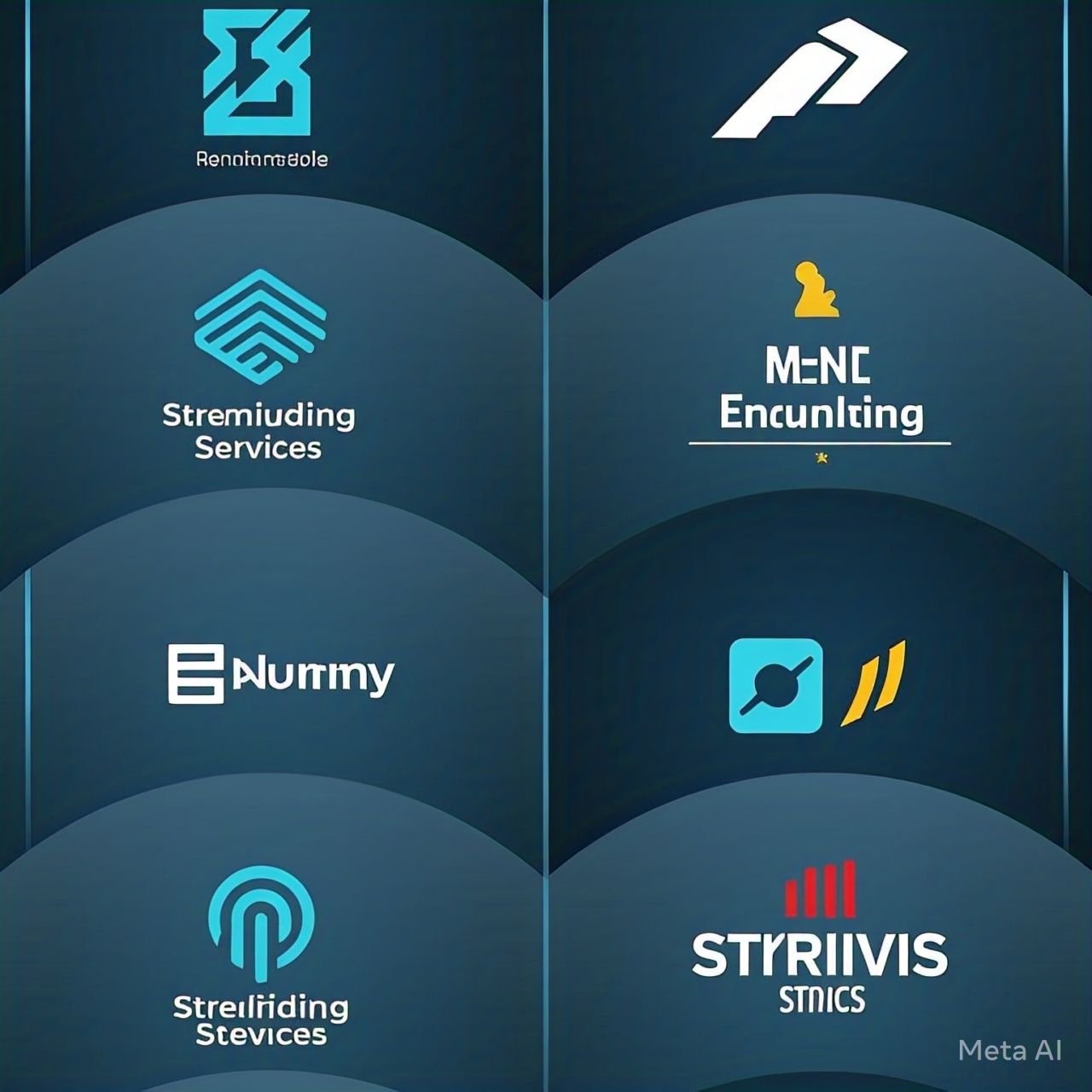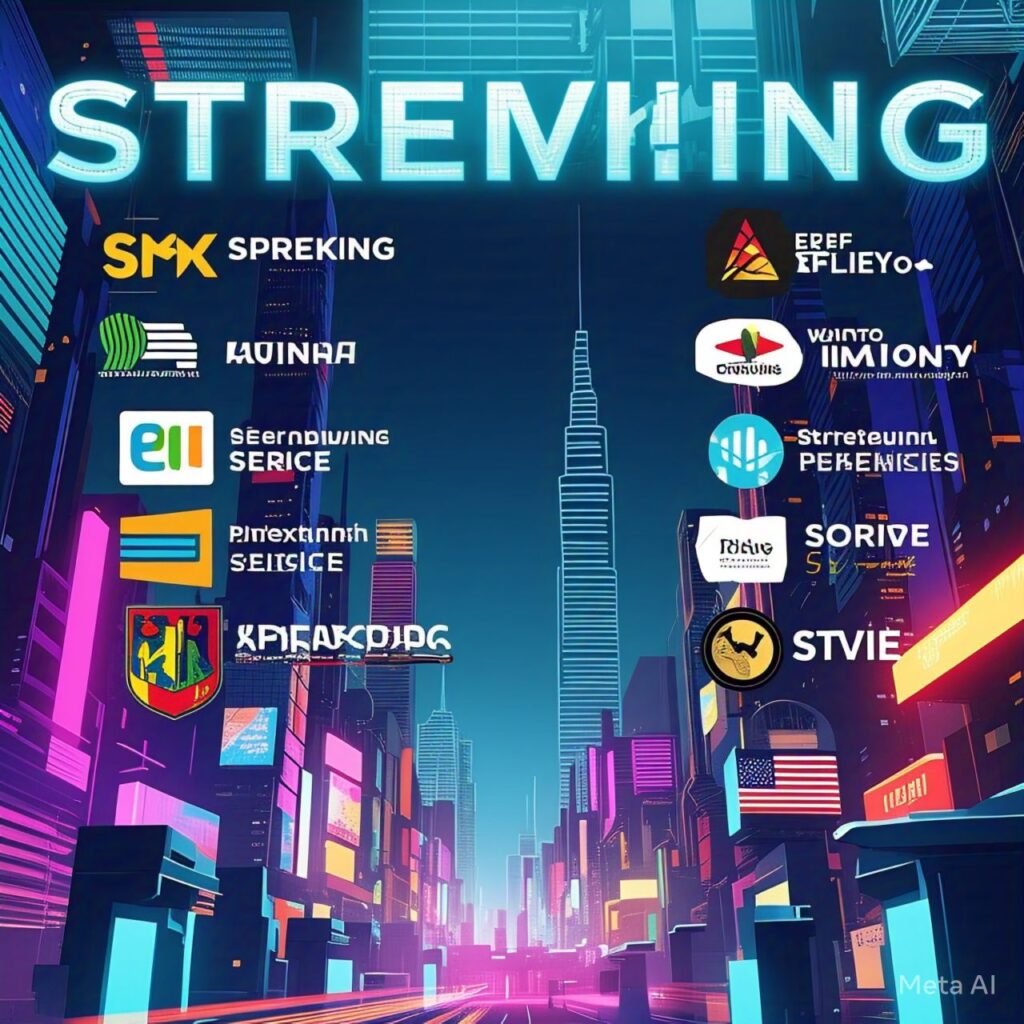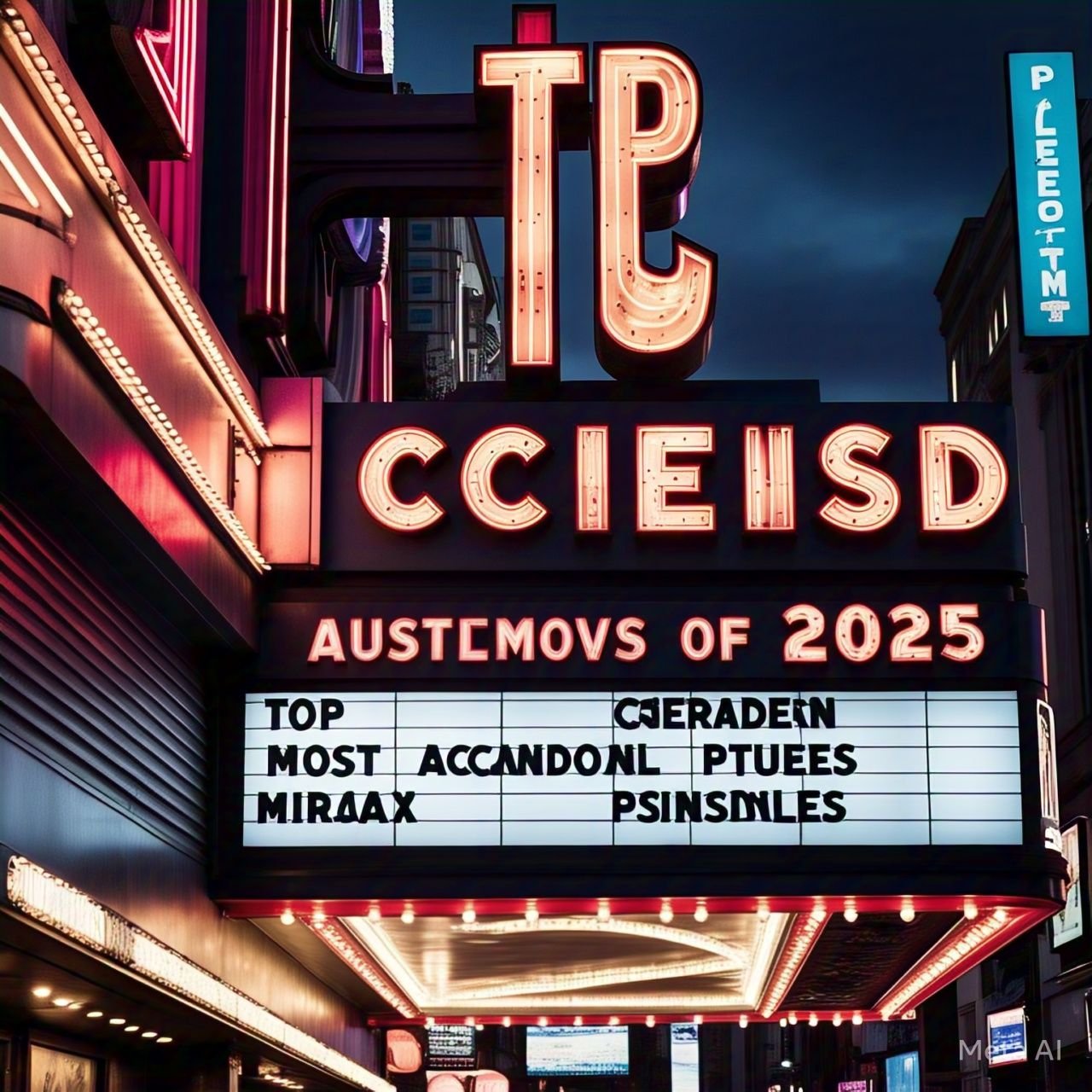The Evolution of Streaming Services

Outline
H1: Introduction to the Evolution of Streaming Services
- The Shift from Traditional to Digital
- Why Streaming Took Over
H2: The Early Days of Streaming
H3: The First Glimpses (1990s – Early 2000s)
- RealPlayer and buffering nightmares
- Limited bandwidth, limited access
H3: YouTube and the User-Generated Revolution
- The rise of short-form, user-led content
- Accessibility and virality
H2: Netflix: The Game Changer
H3: From DVD Rentals to Digital Streaming
- 2007: The year it all changed
- Subscription model innovation
H3: The Impact of Netflix Originals
- House of Cards and Stranger Things
- Setting the bar for original content
H2: The Streaming Wars Begin
H3: Competitors Enter the Scene
- Hulu, Amazon Prime Video, and others
- The birth of content exclusivity
H3: Disney+, HBO Max, and the Big League
- Owning franchises and IPs
- Family-friendly vs prestige drama
H2: The Role of Technology
- Advancements in broadband and mobile tech
- AI-powered recommendations
- 4K, HDR, and adaptive streaming
H2: How Streaming Changed Consumer Habits
H3: Binge-Watching Culture
- Entire seasons at once
- Changing storytelling and viewer engagement
H3: Cord-Cutting Trend
- Goodbye cable TV
- Custom content bundles
H2: Music Streaming Evolution
H3: From LimeWire to Spotify
- Piracy problems
- Subscription models save the industry
H3: Impact on Artists and the Industry
- Royalty debates
- Independent artist breakthroughs
H2: Live Streaming Takes Off
- Twitch, YouTube Live, and social media
- Gaming, concerts, and events in real-time
H2: Niche and International Streaming
- Services like Crunchyroll, Shudder, and Viki
- Global audiences, localized content
H2: The Downside of Streaming Saturation
- Too many platforms, too many choices
- Rising subscription costs
H2: The Future of Streaming
- Interactive content and VR
- Hybrid models (ad-supported + subscription)
- Consolidation and bundling ahead
H1: Conclusion
H2: FAQs
- When did streaming services become popular?
- How did Netflix change the streaming industry?
- What are the top streaming services today?
- Are streaming services better than cable?
- What’s the future of streaming?
The Evolution of Streaming Services
Introduction to the Evolution of Streaming Services
Remember when watching your favorite show meant being glued to the TV at a specific time—or worse, recording it on a VHS tape? Those days are long gone. Streaming services have completely flipped how we consume content, offering us a world of shows, movies, and music at our fingertips, anytime and anywhere.
But this didn’t happen overnight. The evolution of streaming has been a rollercoaster—full of innovation, competition, and massive cultural shifts. Let’s take a deep dive into how we got from rabbit ears to 4K binge sessions.
The Early Days of Streaming
The First Glimpses (1990s – Early 2000s)
Back in the ’90s, streaming was more science experiment than daily habit. Tools like RealPlayer tried to deliver video and audio online, but with slow internet speeds and lots of buffering, the experience was… rough, to say the least.
The tech was ahead of its time—but just barely. Bandwidth limitations and lack of compression standards made high-quality streaming a dream rather than reality.
YouTube and the User-Generated Revolution
Then, in 2005, came YouTube. Suddenly, anyone could upload a video and reach millions. It wasn’t just the content creators who changed—it was the viewers too. We got used to on-demand access, short-form content, and the ability to consume media whenever we felt like it.
This was the spark that lit the fire for mainstream streaming.

Netflix: The Game Changer
From DVD Rentals to Digital Streaming
Netflix started in 1997 as a DVD rental-by-mail service. But the real game-changer came in 2007 when it introduced streaming. Suddenly, users could watch movies and TV shows instantly, with no trips to the mailbox or late fees.
That move reshaped the entire entertainment industry. The subscription-based streaming model became the blueprint for dozens of platforms to follow.
The Impact of Netflix Originals
In 2013, Netflix took it a step further with House of Cards, its first original series. When Stranger Things hit, it was clear: Netflix wasn’t just streaming content—it was creating it. Original programming became a major selling point, forcing others to follow suit or be left behind.
The Streaming Wars Begin
Competitors Enter the Scene
After Netflix proved the model worked, competitors came out of the woodwork—Amazon Prime Video, Hulu, and later, Apple TV+ and Peacock. Suddenly, streaming wasn’t just about watching shows—it was about where you watched them.
Exclusive content became the name of the game.
Disney+, HBO Max, and the Big League
Disney+ launched with a bang in 2019, armed with Marvel, Star Wars, Pixar, and National Geographic. HBO Max brought in blockbuster titles and prestige TV. The era of IP-driven platforms had begun, and the battle for subscribers was on.
The Role of Technology
Streaming wouldn’t be what it is without technology stepping up its game.
- Faster Internet: Broadband and fiber optics made high-quality streaming a reality.
- Mobile Tech: Smartphones and tablets let us stream on the go.
- Smarter Algorithms: AI learned what we liked and helped us discover new favorites.
- 4K & HDR: Home viewing experiences got closer to theater-quality.
How Streaming Changed Consumer Habits
Binge-Watching Culture
Streaming introduced something unheard of in traditional TV: releasing entire seasons at once. We didn’t have to wait a week for the next episode—we could devour it in one sitting.
It reshaped how shows were written and how audiences engaged. Cliffhangers at every turn, endless theories online, and that all-too-familiar “Next Episode in 5 Seconds” button.
Cord-Cutting Trend
As streaming matured, more people ditched cable entirely. Why pay hundreds for channels you never watch when you can build your own bundle?
This led to a massive shift in how content was packaged, distributed, and priced.
Music Streaming Evolution
From LimeWire to Spotify
Music streaming had its own evolution. After years of piracy and MP3 hoarding, platforms like Spotify and Apple Music offered a legal, convenient alternative.
Listeners got access to millions of songs on demand, and the industry began to recover from the Napster era.
Impact on Artists and the Industry
Not everything’s been rosy, though. Artists often receive only fractions of a penny per stream, leading to debates about fairness and sustainability. On the flip side, indie musicians have a direct path to global audiences like never before.
Live Streaming Takes Off
Live content has found its home online. Twitch leads the charge for gamers, while platforms like YouTube Live, Instagram, and TikTok bring concerts, interviews, and real-time events to your screen—wherever you are.
Whether it’s a DJ set or a live Q&A, streaming has made “being there” digital.
Niche and International Streaming
Not all platforms aim to please everyone. Some go niche—like Crunchyroll for anime, Shudder for horror, or Viki for Korean dramas. These platforms thrive on specific audiences and offer curated experiences.
Global content is also booming. Thanks to subtitles and dubbing, people are watching shows from India, Korea, Spain, and beyond. The world is a lot smaller—and way more entertaining.
The Downside of Streaming Saturation
The streaming gold rush has created a problem: too many services. Between Netflix, Disney+, Hulu, Prime, HBO Max, and others, the cost adds up fast.
It’s basically cable all over again—but online. And the hunt for “where that show is streaming” can be a headache.
The Future of Streaming
What’s next? A few exciting trends are already in motion:
- Interactive Content: Think Black Mirror: Bandersnatch—you make the choices.
- VR & Immersive Experiences: The line between games and shows is starting to blur.
- Hybrid Models: Expect more free, ad-supported tiers.
- Platform Consolidation: Some of these services will merge or bundle to survive.
Streaming isn’t slowing down—it’s just evolving.
Conclusion
The evolution of streaming services has taken us from clunky downloads to instant access, from scheduled programming to binge-worthy seasons. It’s changed how we watch, what we watch, and even how we live our daily lives.
Whether you’re deep in a Netflix rabbit hole, vibing to a Spotify playlist, or live-streaming your favorite gamer, one thing’s clear: streaming is the present—and the future—of media.
FAQs
1. When did streaming services become popular?
Streaming took off in the late 2000s, especially after Netflix launched its digital service in 2007.
2. How did Netflix change the streaming industry?
Netflix pioneered subscription-based streaming and revolutionized original content with shows like House of Cards and Stranger Things.
3. What are the top streaming services today?
Netflix, Disney+, Hulu, Amazon Prime Video, HBO Max, and Apple TV+ are among the most popular.
4. Are streaming services better than cable?
For many, yes. They offer on-demand access, lower prices, and no long-term contracts.
5. What’s the future of streaming?
Expect more personalization, interactive content, and possibly some consolidation as the market matures.



